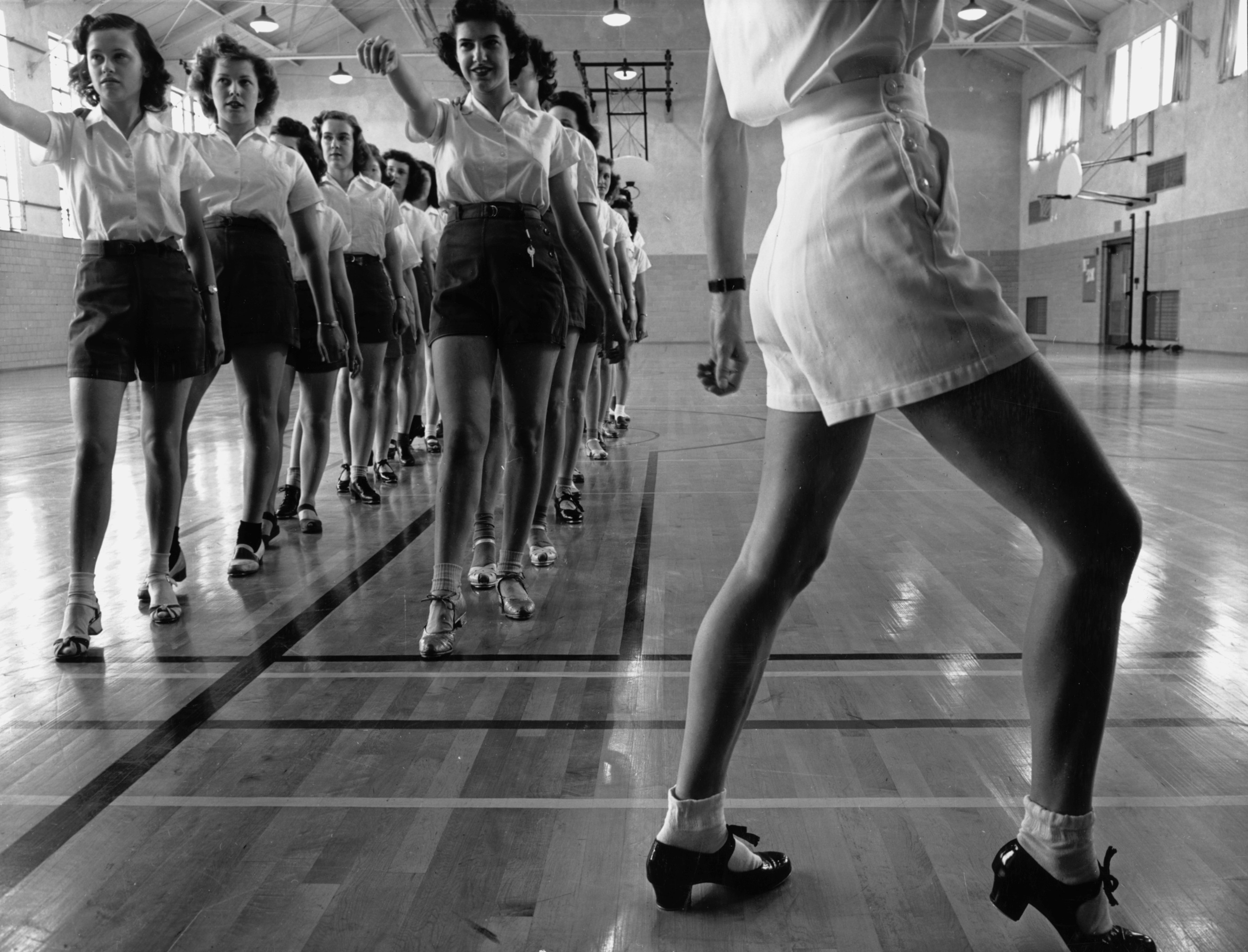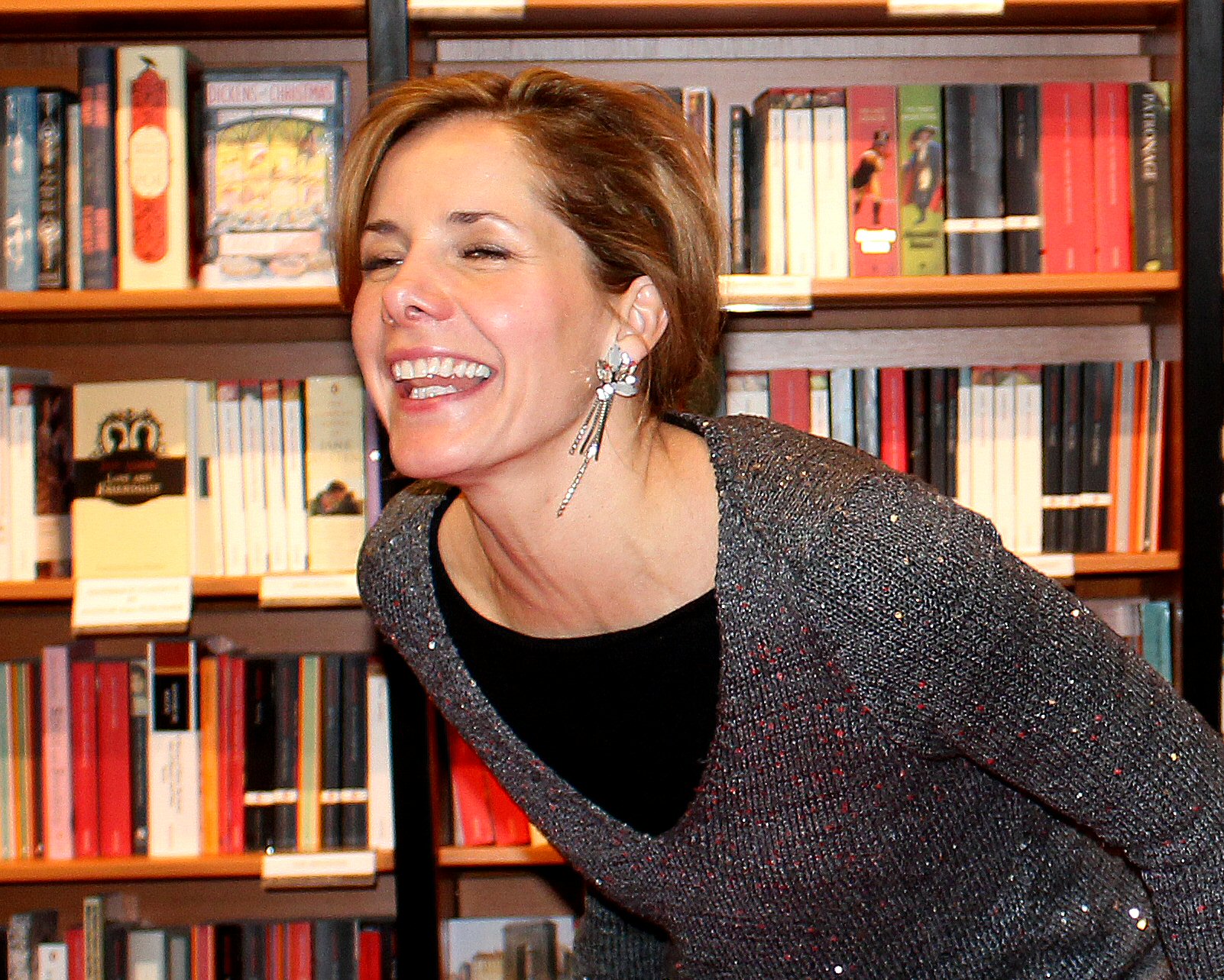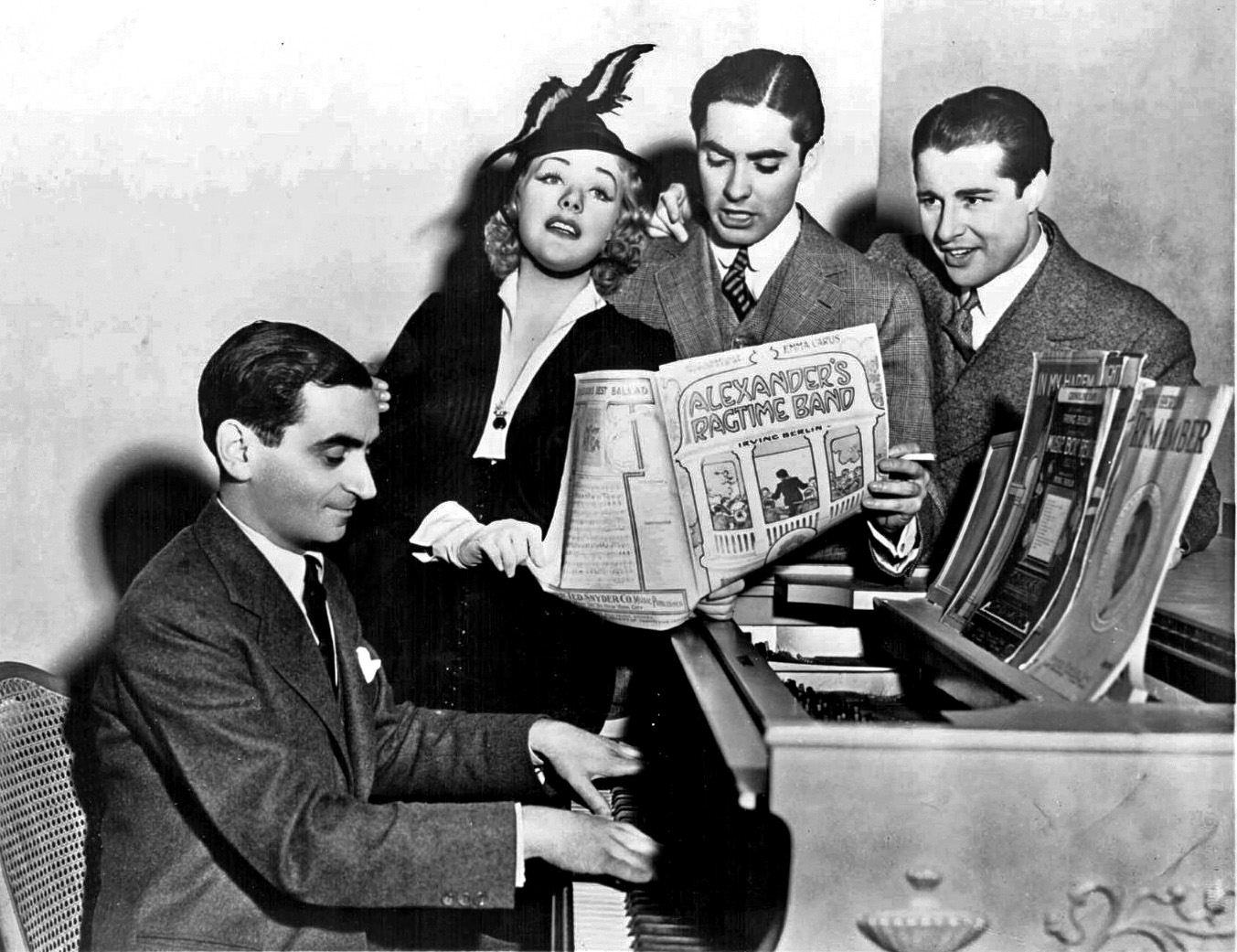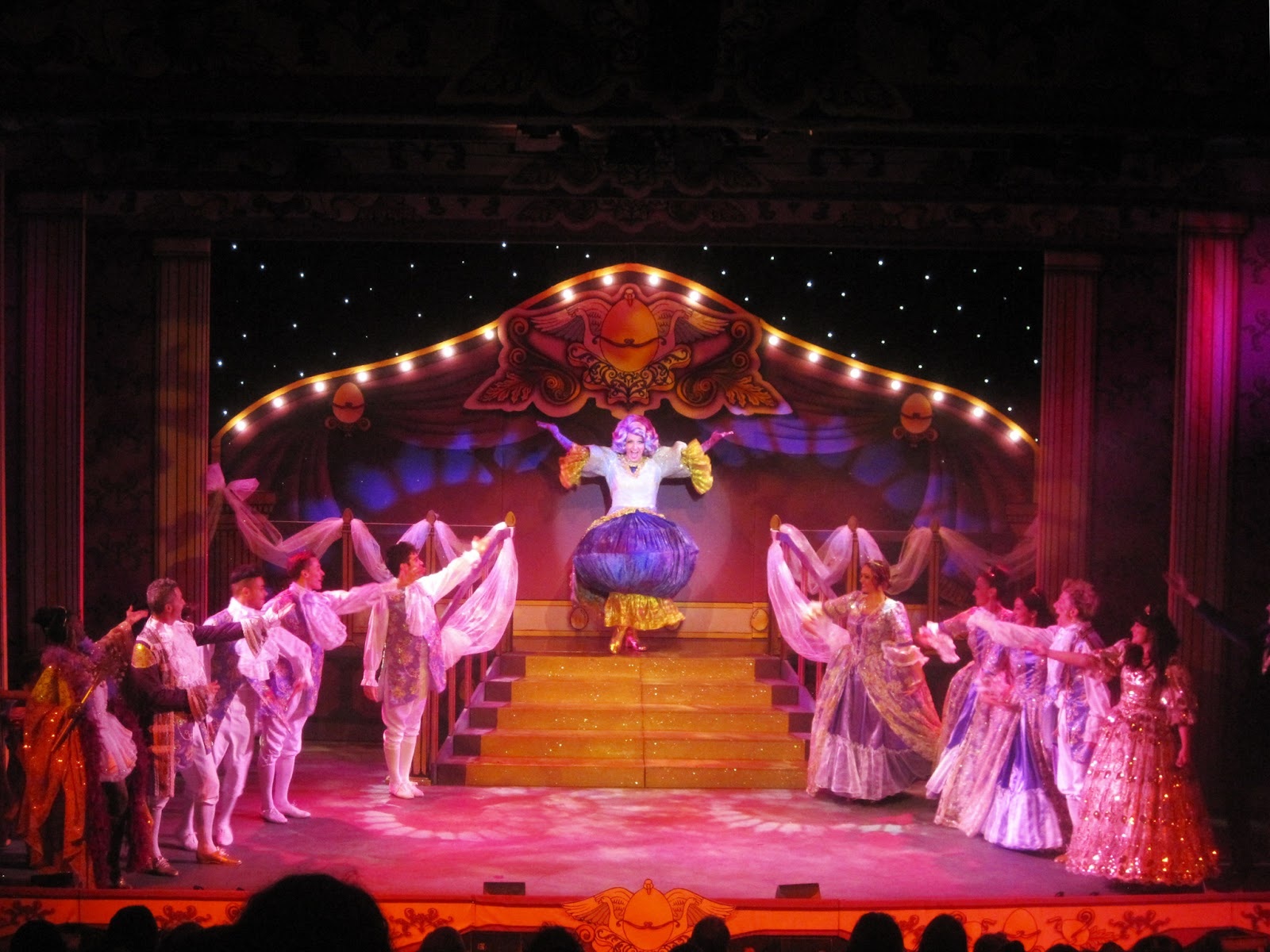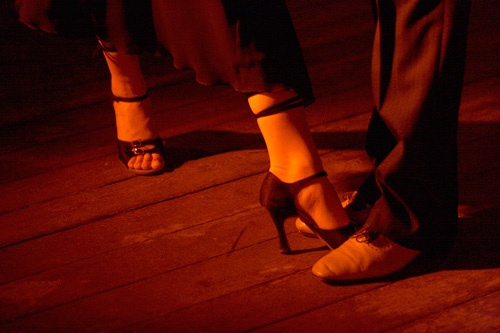 Lucy Guerin is an Australian choreographer based in Melbourne. In 2002 she established Lucy Guerin Inc. to support the development, creation and touring of new works with a focus on challenging and extending the concepts and practice of contemporary dance.
Lucy Guerin is an Australian choreographer based in Melbourne. In 2002 she established Lucy Guerin Inc. to support the development, creation and touring of new works with a focus on challenging and extending the concepts and practice of contemporary dance.
With credits including Medea (National Theatre), Motion Picture (Dance Massive, Melbourne); Weather (Melbourne Festival, North American Tour, Theatre de la Ville Paris) and Conversation Piece (Belvoir St Theatre, Sydney), it is no wonder her co- production of Macbeth at the Young Vic is off to a flying start.
Lucy Guerin and Carrie Cracknell’s Macbeth plays at the Young Vic until 23 January 2016 (www.youngvic.org). It will then play at Birmingham Repertory Theatre from 26–30 January and HOME from 2–6 February. The pair have created a new version of Shakespeare’s supernatural tragedy, weaving powerful and unsettling choreography throughout the story.
Lucy has also been commissioned by Chunky Move, Dance Works Rotterdam, Ricochet (UK), Mikhail Baryshnikov’s White Oak Dance Project (USA) and Lyon Opera Ballet (France). In 2016 Lucy returns to London to create Tomorrow for Rambert.
Photo: Richard Hubert
Have you always wanted to be involved in the arts?
Yes. As far back as I can remember I liked to make things, dress up, write stories and songs. I have always liked to express my thoughts in a visible way.
Where did you train and what was it like?
I trained at a suburban ballet school in Adelaide, Australia and then went to a tertiary dance college. We studied ballet, Graham and Cunningham techniques but also made our own choreographic works which I really enjoyed.
What is a day in your life like now?
My days vary drastically. Working on Macbeth for the Young Vic, my day could begin with meetings with the other director, designers or composer. Then some lighting or sound work in the theatre, followed by rehearsals with the cast, the evening preview show and then more meetings after the show with the creative team and crew. But at other times of the year I may be writing grants, preparing new ideas for a show, touring a work or spending all day in the studio with the dancers researching a new work.
What prompted you to go into directing?
I loved being a performer, but at a certain point I became frustrated with being an interpreter of someone else’s ideas. I wanted to make the decisions.
What has the Macbeth rehearsal process been like?
The Macbeth rehearsal process has involved a lot of discussions about how dance and text can integrate to express ideas in a different way than either could achieve alone. There has been some improvising to find a more spontaneous way to invent the material as well as meticulous crafting of how the scenes fit together. Carrie has worked mainly with the actors and I have worked with the dancers, but with a constant eye on how they will come together.
What has been your favourite part?
I really enjoyed the actual words of Shakespeare. It was a pleasure to spend so much time with them, and absorb them. But I think my favorite part was working with the beautiful dancers from the cast. They were an inspiration.
What’s the best thing about working in the performing arts industry?
I love the interaction with collaborators and other artists, and also the travelling. I love that it’s my job to think of ideas and spend a lot of time in a room researching ways to articulate those ideas with talented people.
What’s the worst thing?
Explaining to taxi drivers what I do and what kind of performance I make. I still haven’t found the right words to describe it well.
Do you have any pre-show rituals?
Only one, a stiff drink before press night! That can be a tough moment.
What is your advice to an aspiring performer?
Learn from everything you do at the beginning, and do everything you can. Your best asset is your individuality. Listen to your own imagination, even if it doesn’t seem to fit with the current trends.
What’s next for you?
I am on my way to France to remount a work I made previously on The Lyon Opera Ballet. I then return to Australia to work with my company in Melbourne. We have a season of short works by local choreographers called Pieces for Small Spaces in our studio. I will come back to London next April/May to make a piece for Rambert.
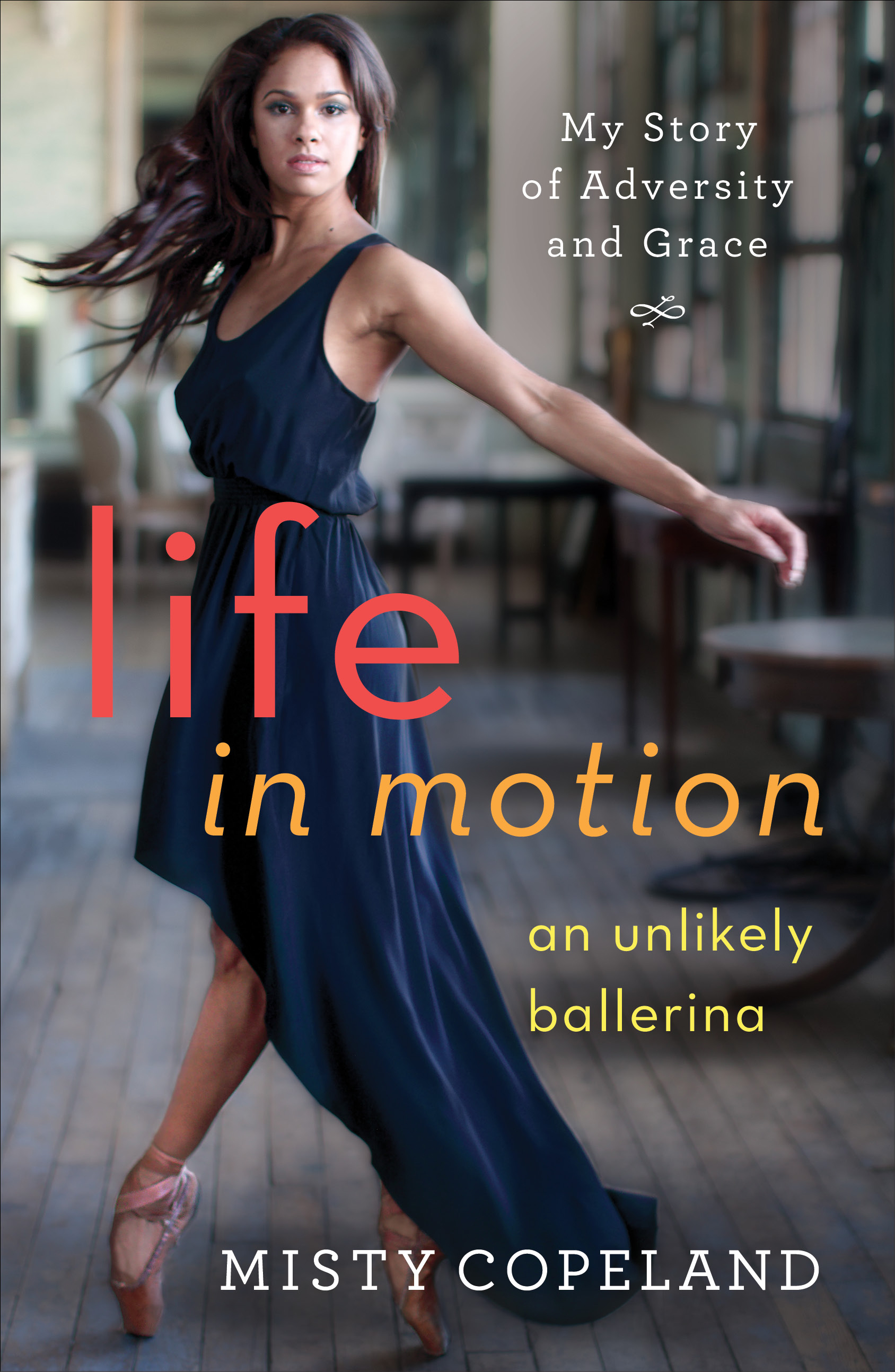 American Ballet Theatre principal ballerina Misty Copeland has recently launched a girls’ scholarship programme in Rwanda, with the humanitarian non-profit organisation MindLeaps which aids some of the city’s poorest children. Copeland is no stranger to child poverty so becoming an advocate for disadvantaged youth has been a way for her to give back.
American Ballet Theatre principal ballerina Misty Copeland has recently launched a girls’ scholarship programme in Rwanda, with the humanitarian non-profit organisation MindLeaps which aids some of the city’s poorest children. Copeland is no stranger to child poverty so becoming an advocate for disadvantaged youth has been a way for her to give back.

